Australia So Much to See


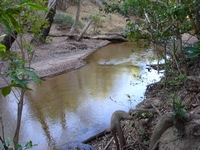
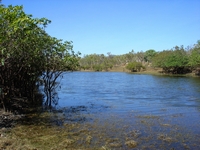
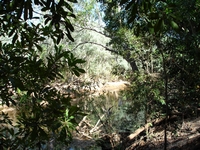
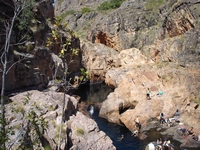
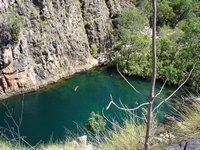
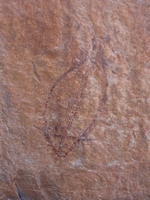
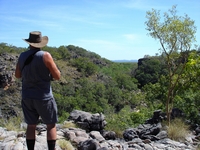
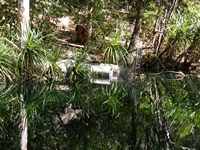
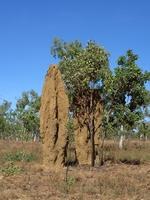
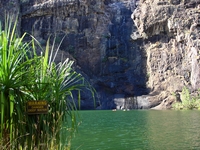
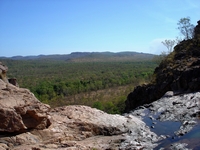
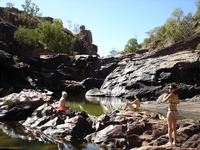
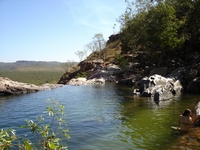
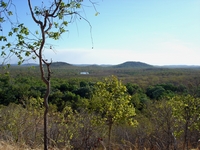
Kakadu National Park commencing at Gunlom and Maguk
Kakadu is the largest National Park in
The
park is almost 20,000 square kilometres; one third of the size of
For those just driving through the bitumen access roads of
Read about the geological history of this ancient land
With the main Visitor and Cultural Centre being Bowali near Jabiru, soon after we entered the Kakadu National Park from Pine Creek
via the Kakadu Highway we stopped at the small and at the time unmanned Mary River Ranger Station where a few pamphlets were available. There is a similar small Ranger Station near the northern entrance to the park via
For those who have
not purchased a park pass either on line or from the Tourist Centre in either Darwin or Katherine, they can be purchased from a number
of places in or near the park. These include the Goymarr Tourist Park adjacent to the Mary River Roadhouse near the southern
park entrance via the Kakadu Highway, and the Aurora Kakadu accommodation centre near the northern entrance to the park via the
Known also as Waterfall Creek and
We took the walk involving a one kilometres climb up the steep escarpment to the top of
Families took inflatable rafts across the pool to where the waters trickled in from high above while I swam over to feel the splashing
from the waterfall. Near the waterfall, two strong streams of bubbles rose, but I was unable to ascertain why. I
looked up to see someone perilously close to the edge at the top of the falls.
Awoken early in the morning by a cacophony of bird calls, we took the flat and easy 2.5 kilometre return walk to the
What happens to Gunlom campground during the wet season? Heavy rainfall can occur over a short space of time and can cause the
entire valley to flood. The amenities block in the campground is built to survive inundation, and in January 1998, the water level
was over the water pressure tanks high on stands. Septic tanks are pumped out at the close of the season, and pumped out again
ready for the opening of the campground during the dry season. Rainfall is usually higher on the scarp than on the plains. Average annual rainfall varies between 1.56 metres and 1.3 metres in different pats of the park. Many parts of the park are
closed during the wet season due to inaccessibility of the roads due to flooding. Camp grounds may be closed due to inundation
or due to crocodile danger when partially flooded.
Check for open and closed roads, camp grounds and walks here
Camping at Koolpin Gorge requires a special permit. This can be applied for on line here allowing at least seven working days for processing or telephone 08 89381140. Bear in mind that the date you want may not be free because numbers of visitors are limited to forty. The access track must be driven during specific times of day to work as one way traffic. Permits are required for day visits as well as camping. While camping is $5 per person honesty box, there is a $50 deposit for a gate key which must be collected from and returned to the Mary River Ranger Station between 8am and 7pm. Keys are located within a secure lock box marked Koolpin Permit Holder Key Pick-up. A security code to open this box and collect your key will be on your permit. Certain areas of cultural significance may not be visited.
This permit procedure was all to complex
for us to pre-arrange within our travel schedule, so we did not go to see Koolpin Gorge.
There are other much more remote walks and overnight hikes to spectacular waterfalls, swimming holes and gorges that can be taken
within the South Alligator region. These require special permits and may not be accessible year round due to cultural reasons
in addition to wet weather inaccessibility.
Gungural car park and camping area is 33 kilometres from the Gunlom turnoff, and consists of a wide bitumised loop road around 500
metres from the
We walked at first to the River and were met on the track by some young European ladies who told us the river was dry with no
water there. As we had seen water further upstream at Gunlom, we looked further; there were three channels and one had
water flowing.
From the lookout, we could see a large dam out in the valley, but were not able to ascertain what this dam was used for.
Driving nine kilometres on the
The trail then climbs over the rocks where some Aboriginal paintings can be seen, to view and access the top pools where a series of cascades links small pools. Some of these are big enough for swimming in, and people jumped off a rock ledge done into the channel. There is a round hole in the rocks and a few jump into this, where the only way out is to swim under the rock.
As the tour groups were mostly here and swimming in the top pools it was a little crowded at this popular destination. We looked
down onto a much larger pool where others from a tour group were also swimming. I chose to cool down in the shallow cascades
further downstream on the return walk.
We observed a fawn coloured snake of around a metre in length crossing the Gungural access road but it was gone too quickly to get
any idea of what type of snake it was.
See here for more about Uranium mining in the South Alligator valley during the 1950s and 1960s.
With so much to see in this vast National Park, we chose a few special places. These included Gunlom, Yellow Waters,
See Park Notes with map here
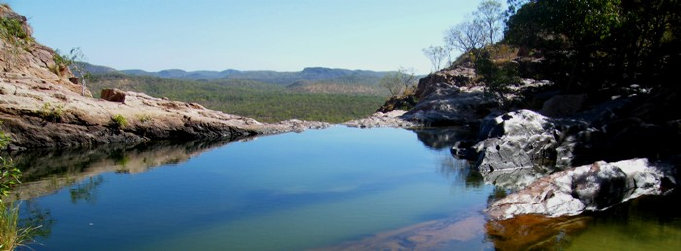
There is a small and unserviced campground on the way to Gunlom by the Kambolgie Creek. This has pit toilet only and is suitable
for tent camping, although some caravans do get in. Nearby are the inter-connected Yurmikmik walks which are best done in the
wet season when the creeks are flowing, subject to conditions permitting. The individual walks are: Boulder Creek Walk (two
kilometre return); Yurmikmik Lookout Walk (five kilometre return);
A four wheel drive track can be taken to the Gimbat picnic area during the dry season. The
picnic area is situated near Guratba (Coronation Hill) and the
Read our review of the National Parks semi-serviced campgrounds. For all camping and accommodation options see link here
This supercedes the previous closure announcement:
Update and opening: Wet weather preventing public access further delayed the anticipated opening, and Gunlom camp ground, lower and upper pools opened 4th July 2025, with no swimming in the lower pool.